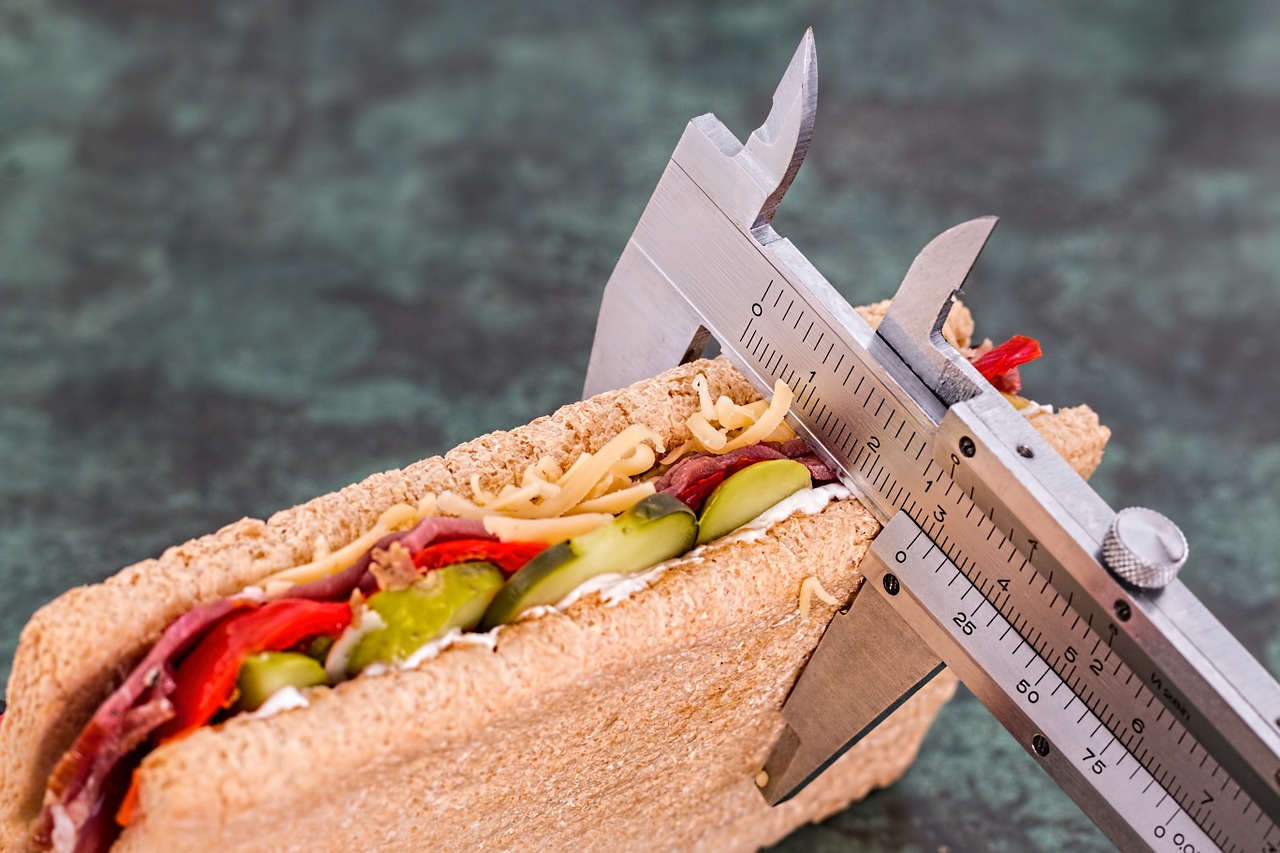
My sister Danielle has always maintained a slender, fit body without much effort. While the rest of my family was trying the latest diet trend or extreme exercising, Danielle never worried about what she was eating. Danielle wasn’t just blessed by the gene pool; she was simply listening to her body and enjoying her food. Danielle has always been able to decipher true hunger from other feelings. She eats when she’s hungry, stops when she’s full, and enjoys her food without guilt.
CardioTabs
Sound impossible? We’re all born with the ability to feel hunger and fullness, but over the years, we confuse these feelings with other emotions and lose our ability to decipher true hunger. You can train your mind and body! Here are five techniques to start eating more mindfully (and be healthier, lose weight and feel less guilt).
- Journal. One of the first things I ask my patients to do is to journal. While most groan at the thought of recording everything they eat or drink (even those few M & Ms while passing the bowl), I assure them that their logs are absolutely necessary for me to be able to help them. By the next appointment, most patients have discovered the trick - logging isn’t so much for me as it is for them. You can’t change what you’re not aware of. The journals are an exercise in mindfulness.
- Stop, breathe and think. Ask yourself: Am I truly hungry? Do I always eat at this time of day? Am I feeling stress, anxiety, boredom or some emotion other than hunger? Am I thirsty? Am I eating just because the food is there or it is being offered? Write this in your journal. As you become more aware of the reasons you eat, you can find healthier alternatives such as a walk, calling a friend, a bubble bath and more.
- Be curious. How does your food make you feel? Do you feel more energy, guilt, tiredness, etc. after eating that food or meal? How does it make you feel one to two hours later? If you have diabetes, how does your blood sugar respond to that choice? Again, record your feelings. Awareness of feelings - good or bad - and their food connections will help you to make choices that feel good.
- Explore your senses. Take a good look at your plate. What colors do you see? How does the food smell? How does it feel in your mouth? Is it crunchy, smooth, silky, rich, warm, slippery? Does it taste savory, sweet, salty? The more senses you use in a meal, the more satisfied you will feel.
- Always eat in a setting where you feel relaxed and “present in the moment.” This can be difficult for those of us used to eating on the run between commitments.
Be honest: How many times have you sat down to watch TV with a bag of snacks and an hour later been ridden with guilt over eating the whole bag? Or, how many times have you taken just a tiny bite of a cookie, brownie, etc. only to keep coming back for more “tiny bites” and eventually felt the guilt of eating the whole thing? The goal of mindful eating is to erase feelings of guilt by being fully aware of what you’re eating and to find pleasure in food. Turn off the computer, TV, cell phone, and other distractions. Turn on your senses, and enjoy your food.
Editor’s Note: Michelle Kruse, R.D., dietitian, is the newest member of our staff in the Charles and Barbara Duboc Cardio Wellness Center. One of the benefits of being a member of the center is free consultations with her. Michelle is a very bright and dynamic nutritional expert who will be happy to tailor a diet that would be ideal for you. Call 816-751-8327 or visit www.cardiowellnesscenter.org for more information.
In Good Health,
Michelle Kruse, R.D.
Picture Credit: Creative Commons Pixabay




